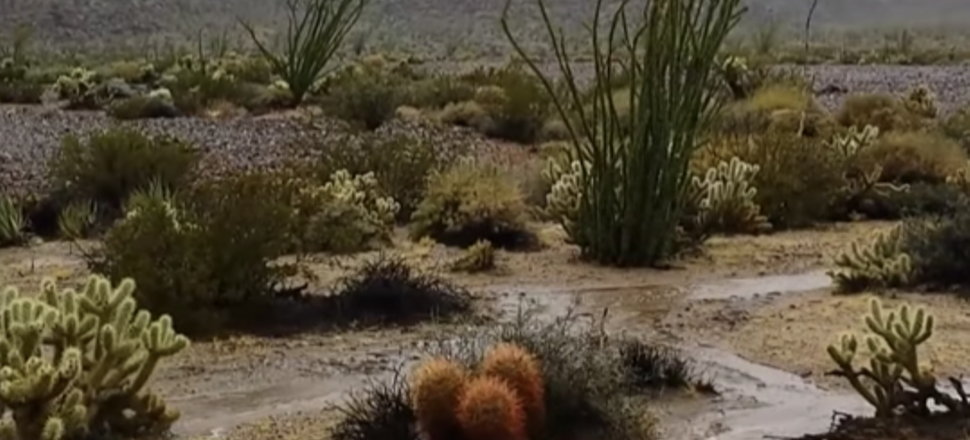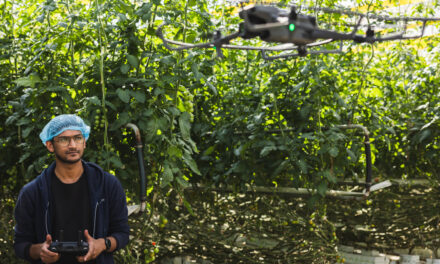Researchers from The University of Western Australia and the University of California have developed a new machine-learning tool that will improve the management, restoration and irrigation of rangeland areas used for grazing.
Associate Professor Sally Thompson from the UWA School of Engineering and UWA Institute of Agriculture said the tool was suited to environments where the amount of rainfall exceeded the absorption capacity of the soil, resulting in the excess water flowing over the land.
The new machine learning tool models surface water flows in dry environments with patchy vegetation cover. The findings have significant implications for agricultural and natural systems in Australia and worldwide.
“The research could help environmental designers limit soil erosion in rangeland environments and agricultural systems, minimising degradation risks in drylands,” Professor Thompson said.
“It also has applications in urban settings, where waterproof surfaces, like pavement, generate runoff and flood risks.”
Machine learning is an application of artificial intelligence, which provides computers with the ability to learn without explicit programming.
Dr Octavia Crompton, a UC Berkeley post-doctoral and visiting researcher to UWA, said the new machine learning technique was an advancement over existing tools, as it was much faster than previous models and was designed to handle diversity in various environments.
“The machine learning approach allows us to speed up predictions by a factor of 15,000 and avoid direct simulation with a physics-based model, which is slower and computationally expensive,” Dr Crompton said.
The research team is looking for partners to help implement the model in real world settings.
“The model is ready to be rolled out, but it is application-specific and requires time for the algorithm to ‘learn’ from landscape and storm-specific examples,” Dr Crompton said.
“Right now, we’re including the water model in ecological simulations of long-term desert vegetation growth and spread, meaning that we can predict the impact of storm-scale processes on ecological processes over the long term for the first time.”
This study was published in the journal Water Resources Research, and was supported by the Binational Israel-US program of the US National Science Foundation.








